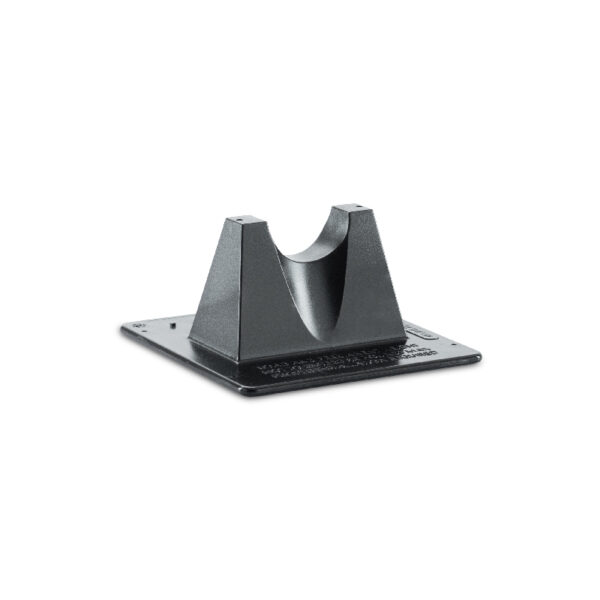

This is so that they can resolve issues quickly and to a high standard. We are trying not only to have enough people in terms of quantity but to focus on educating them well. I mean 98% CSAT, come on! What’s your secret? This helps the team to get a good feel for the candidate and for the candidate it gives them an opportunity to be a lot more open and honest and ask those pragmatic questions they may not ask a manager. However, 6 months ago we decided to leave the candidate and the team alone. We used to do a team interview with the managers present. We have a really nice approach when it comes to the team interview. What is unique about the recruiting process that has allowed you to hire such a high standard of employee? So, we try to find the right culture fit as well. We only just recently calculated that only 2% of applicants get the offer.


It’s not only about having people there, but it’s also about hiring the right people. We try to continually improve the quality of how we respond. In Q1 last year we had a 90% CSAT score, and right now we have a 98%. Yeah, it really helped to improve this metric. Most of the appraisal comments customers write to us are about speed. We definitely noticed a change in terms of how quickly we could respond to urgent requests. When did you hire your first agent in LA? What do I mean by that? Whilst Slack is great, it’s better to be able to communicate with members of different teams immediately in order to solve the problem quickly and to a high standard. We believe to provide a great customer experience it is more fruitful to work closely with your sales, tech and UX teams. Number 2, was to build a strong internal culture. The first is pretty simple, we wanted to make it healthy for our employees. Is that why you hired the two agents in LA? To alleviate the pain of working throughout the night? Or is it more of a cultural alignment? In Perm, the latest shift ends at 2 am and the LA shift starts at 11 am, this way we cover 24/7 and are covering requests as fast as possible. So at some point, we decided to ditch this idea, for a more FTS principle. So we had people working late-night shifts, which is super bad for your health. Well, when it was the early days, everyone was in Perm. How do you ensure that? Is it shift work or more of a follow-the-sun principle? We planned for how many people we need and where they are needed to cover the entire day in both LA and Europe. We check once per quarter, if we are running ok and as predicted. We tied the size of our team to how many tickets we receive and tried to find some sort of correlation with the marketing numbers. We tried different approaches in terms of forecasting. How was the scaling process for you guys? Was it planned or more of a crisis aversion? We have TSE’s here in Perm and are hiring one in LA as well. They deal with fewer issues but are more deeply technical. We call them technical support engineers. They are invincible people who can answer any question. So we have our first-line, the so-called CSR’s. Since I’ve been team lead we’ve grown from 7 to 18. Over the last 3 years, what has your experience scaling the team been like?

However, we have customers all around the world, so we have to provide 24/7 support. So the majority of us are located in Perm because we cover most of the timezones for Europe and Russia. Now there are more than 250 and we are growing every day!Īre all of your agents located in Perm (Russia)? Overall, in terms of company employees, I was the 45th employee. I was the 4th agent, now there are 18 people in the team. Just out of curiosity, when you started 3 years ago, how many agents did you guys have? So, Miro is definitely no stranger to the scaling process. We spoke to their team lead Pauline about building a stronger, higher-performing team and how they are leading a full-scale charge. Their online visual collaboration and whiteboarding platform has enabled thousands of cross-functional teams around the world to share ideas whilst working remotely. Miro is one such team that since its inception, has continued to scale. Companies within these fields are seeing massive growth and with this comes more inquiries, which means a bigger workload for their customer support teams. It’s no secret that the tech industry, especially online collaboration, and communication tools, are being used more than ever due to the shift to remote work and socializing. Across industries, a number of support teams are seeing a massive influx of customer inquires whereas some are seeing the need to downscale their teams and operations. The shifts of consumer behavior in the current social climate are having diverse effects on a wide range of industries worldwide and customer support teams are not immune from this.


 0 kommentar(er)
0 kommentar(er)
